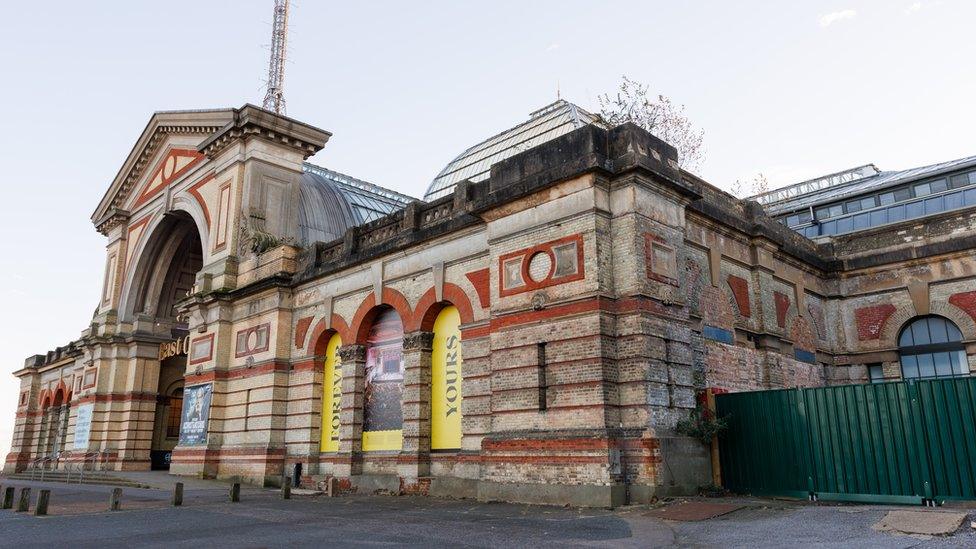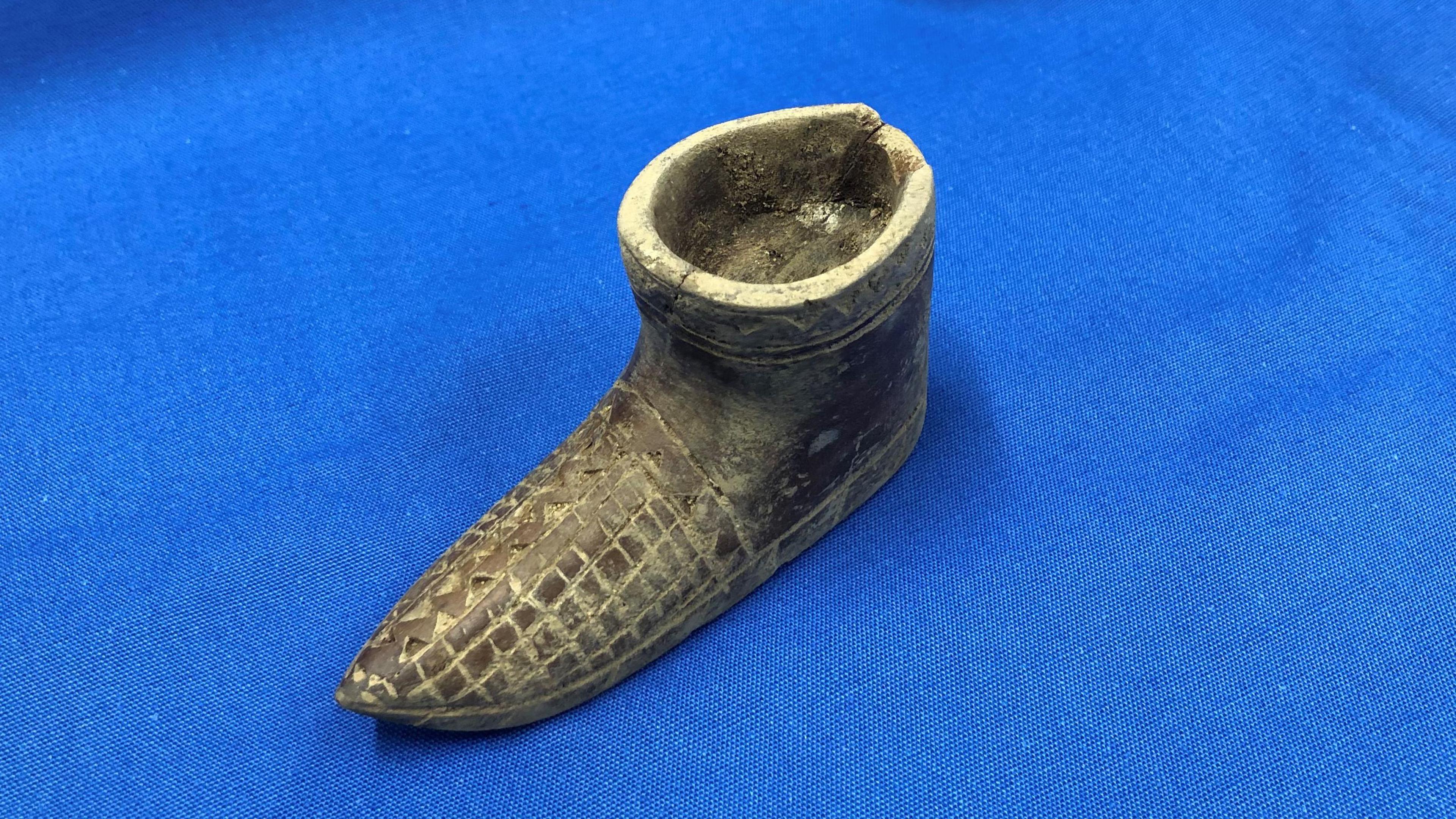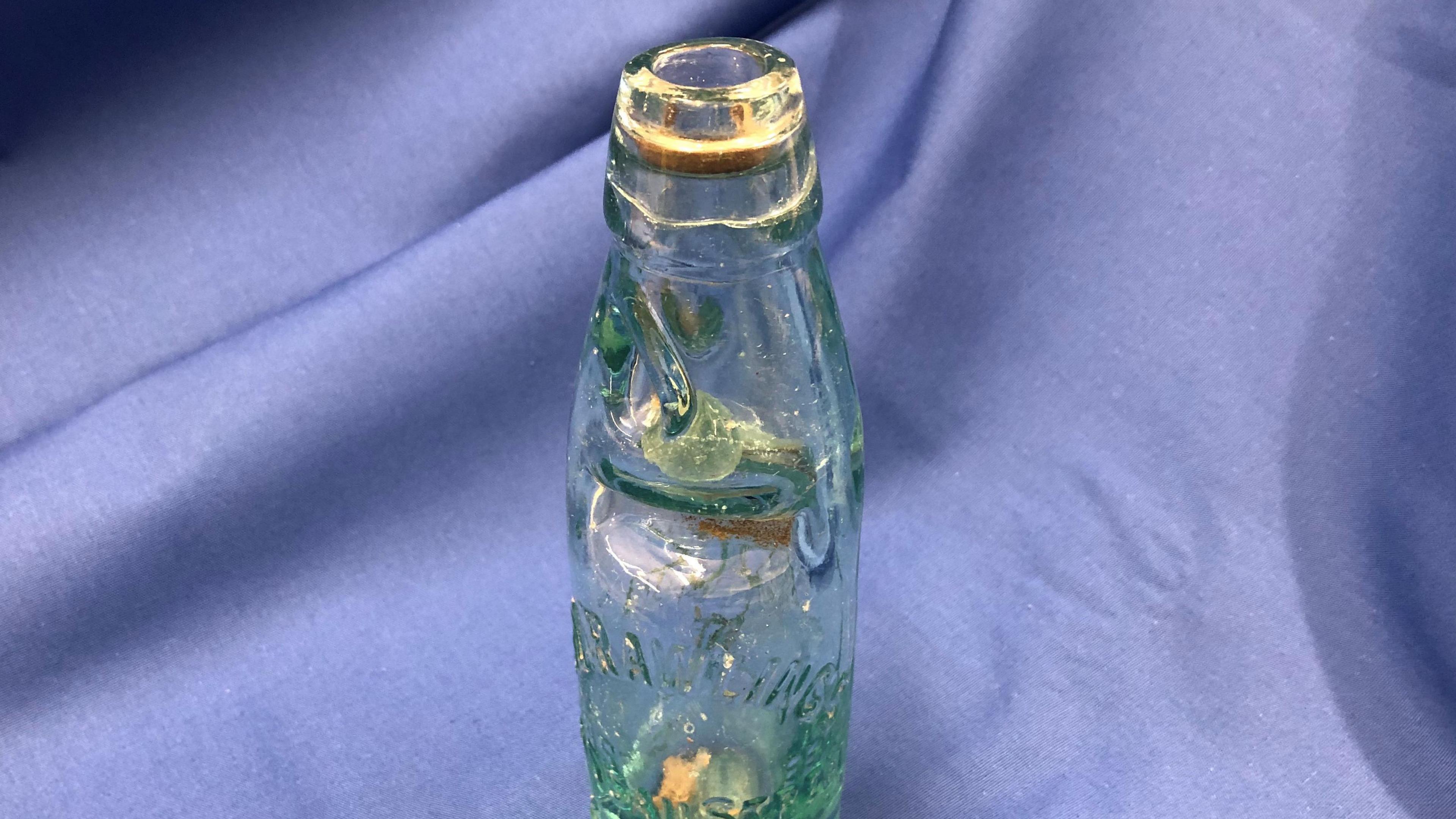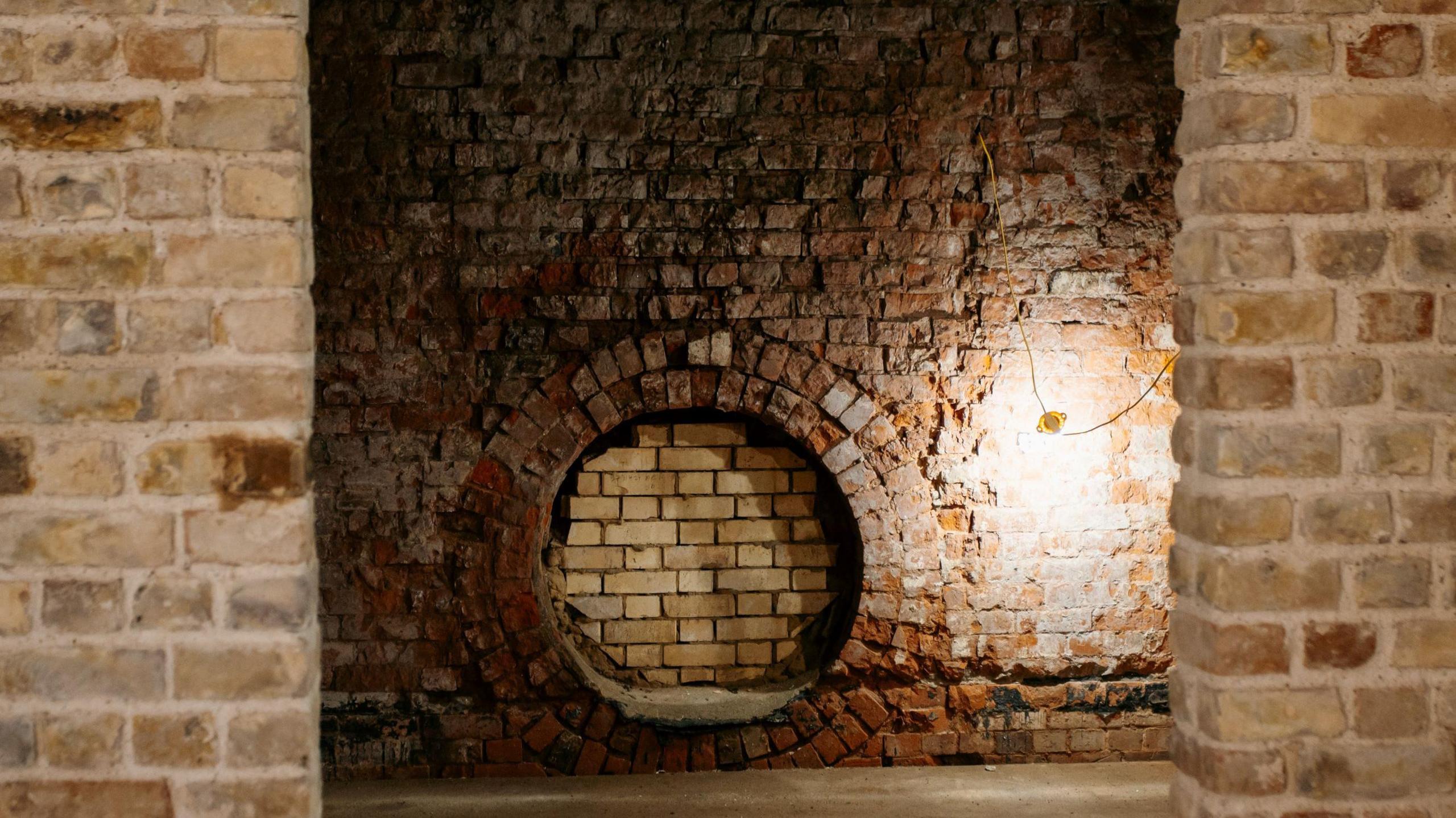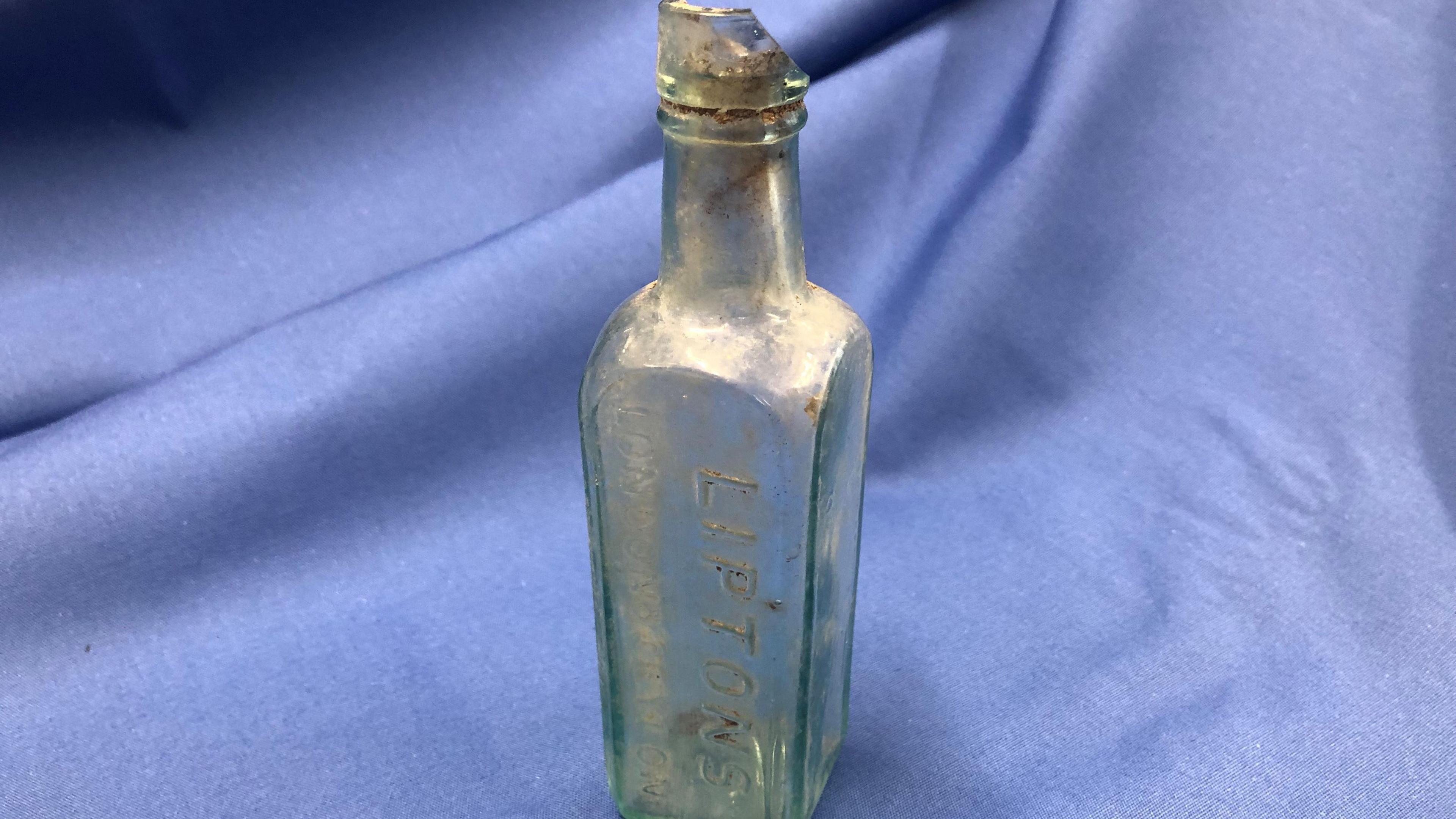Old BBC mug among items found at Alexandra Palace
- Image source, Alexandra Palace
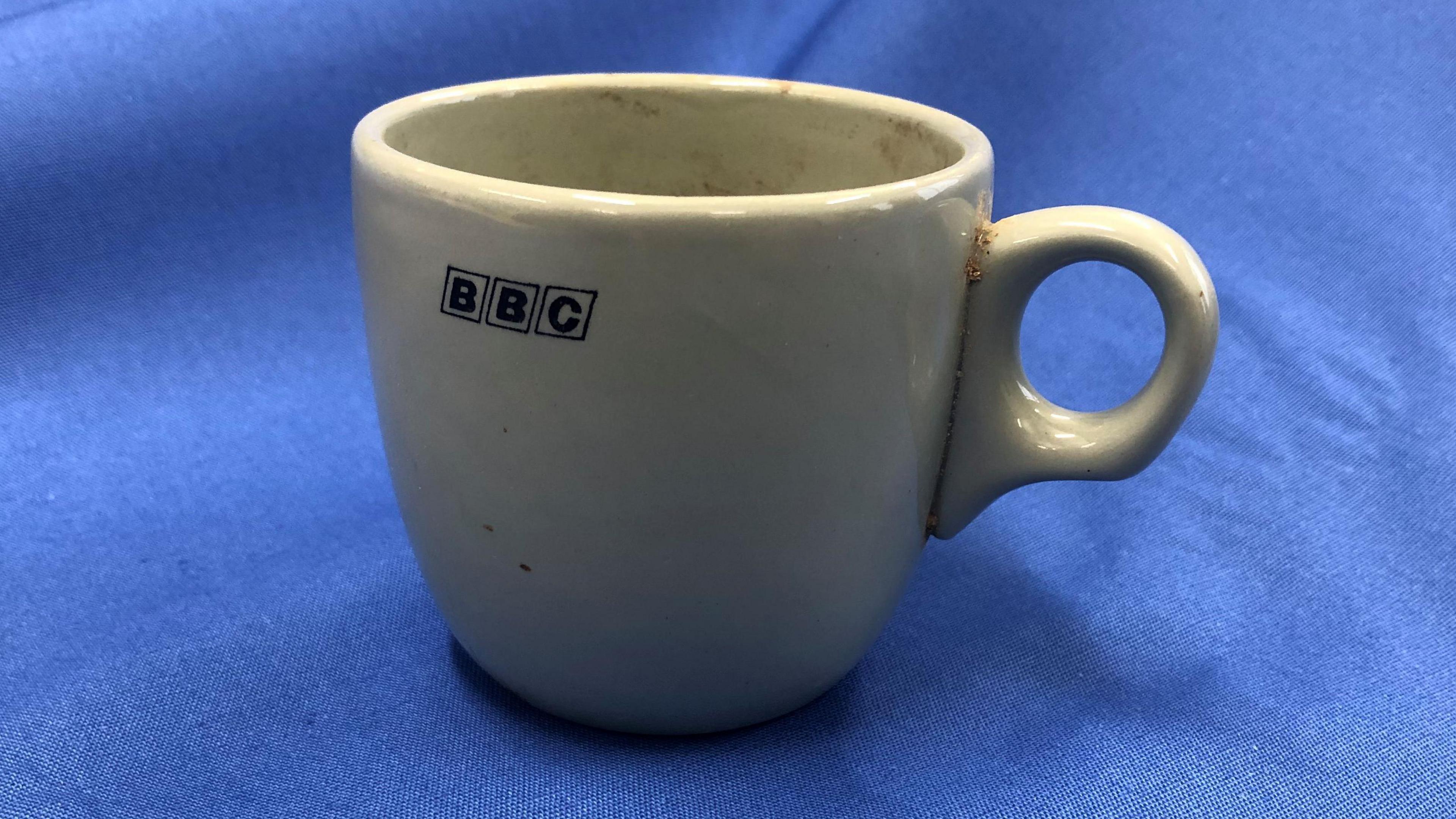
Image caption, Educational programmes were broadcast from Alexandra Palace’s TV studios between 1971 and 1981
1 of 5
- Published
A BBC coffee cup featuring the corporation's 1960s logo is among a range of items discovered in a disused part of Alexandra Palace.
It was discovered in the palace’s North East Office Building - the former home of the Open University production unit, which broadcast educational programmes from the palace’s television studios between 1971 and 1981.
The mug was discovered as part of a major project to repair the building.
Iain McDonald, head of property and facilities at Alexandra Palace, said the palace, known as Ally Pally, was 150 years old and it was "fascinating what we can find when we venture into the spaces that haven’t yet been restored".
The repair work began in February to stabilise the building's structure, funded by two Historic England grants of £550,000 and £195,000.
Other items found included a Lipton’s drinks bottle from about 1878.
A spokesperson for the restoration work said the Alexandra Palace archive features a picture of a Lipton’s advert on a tram outside the North East Office Building in the 1920s.
Also found was a Codd bottle from HD Rawlings, in Nassau Street, Fitzrovia.
The bottle is an early example of a carbonated drinks bottle, invented by soft-drink maker Hiram Codd of Camberwell, London in 1872.
Codd designed and patented a bottle with thick glass to withstand internal pressure from carbonated drinks.
And a tiny wooden shoe was also found in the works, with Alexandra Palace's team encouraging suggestions as to its former use.
Mr McDonald said: "Each item tells its own unique story. They’ve provoked plenty of interest, and it’s been a lot of fun to hear people’s theories about what the items are and how they came to be at the palace."
'Vision for the future'
The Alexandra Palace team aims to complete repair work in the building by the end of the year.
The charity will then explore how it can bring the building back into public use.
"In recent years the proportion of the palace that remains out of use has been reduced from 40% to 29%," a spokesperson said.
"Restoration – and its associated benefits for visitors, local community, local economy and the palace’s environmental footprint – is at the heart of the charity’s vision for the future."
Listen to the best of BBC Radio London on Sounds and follow BBC London on Facebook, external, X, external and Instagram, external. Send your story ideas to hello.bbclondon@bbc.co.uk, external
- Published15 June 2024
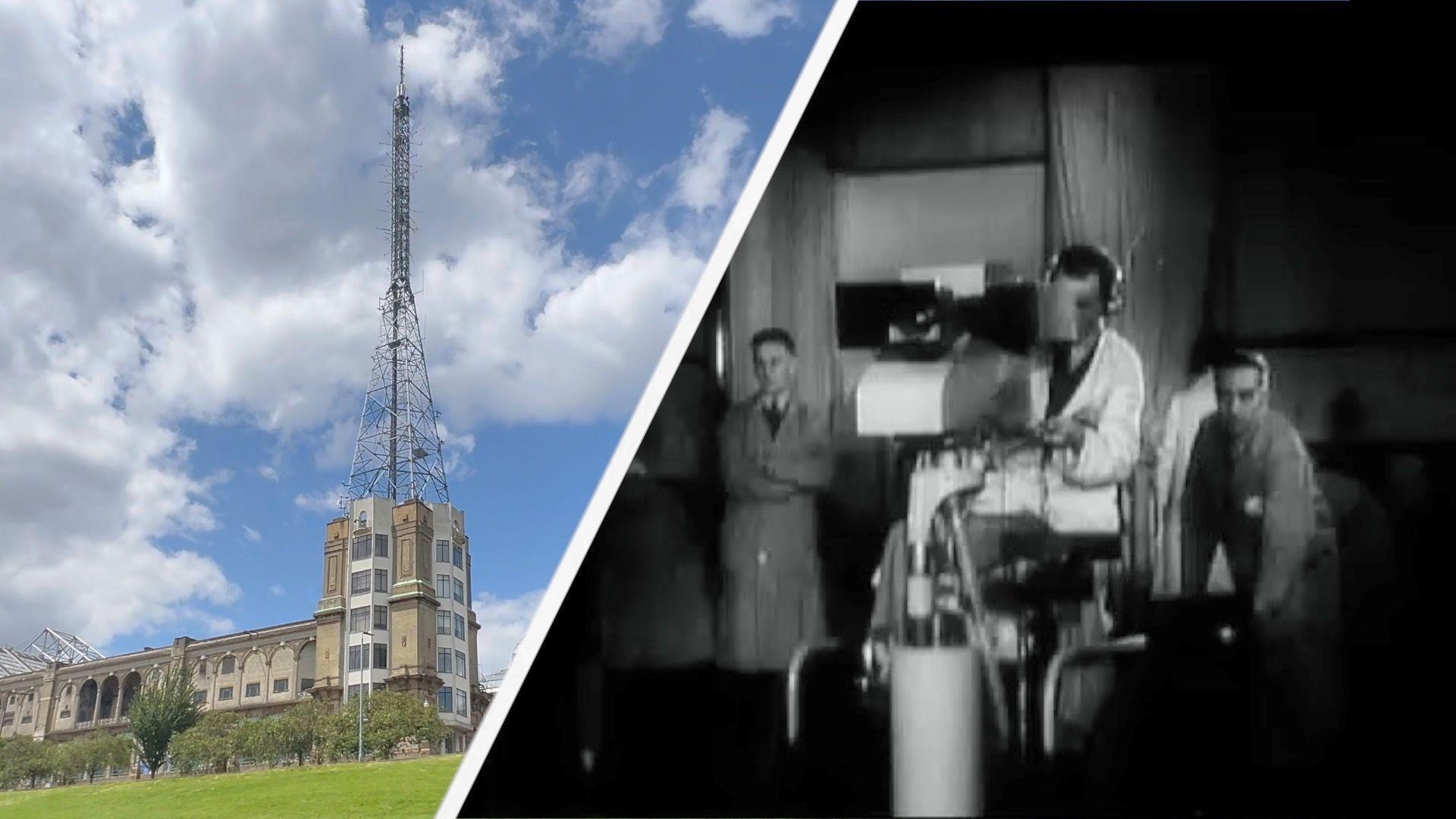
- Published2 January 2024
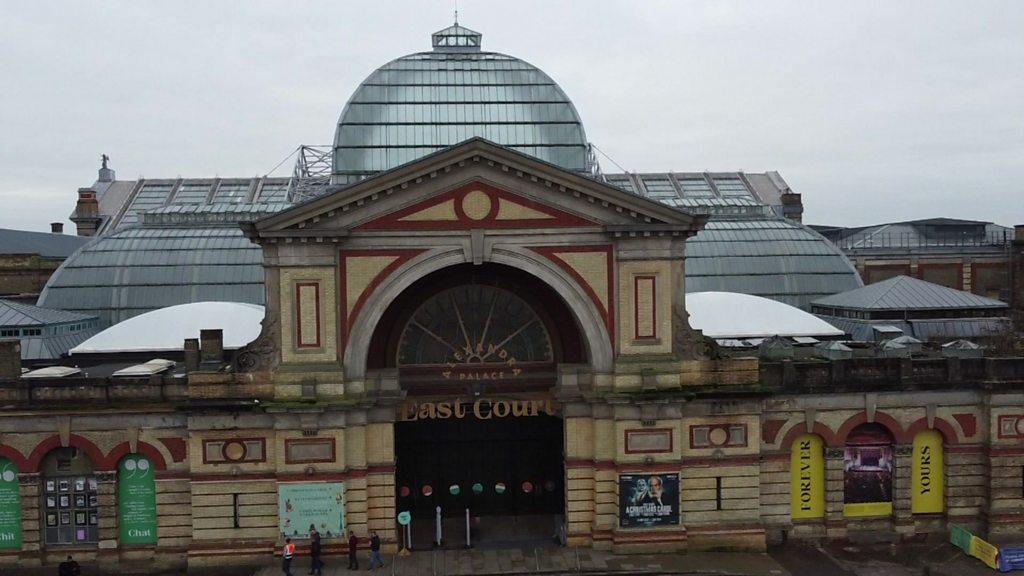
- Published29 November 2023
